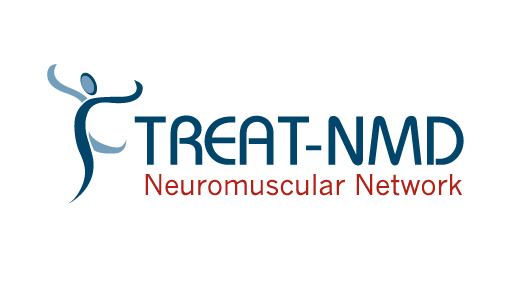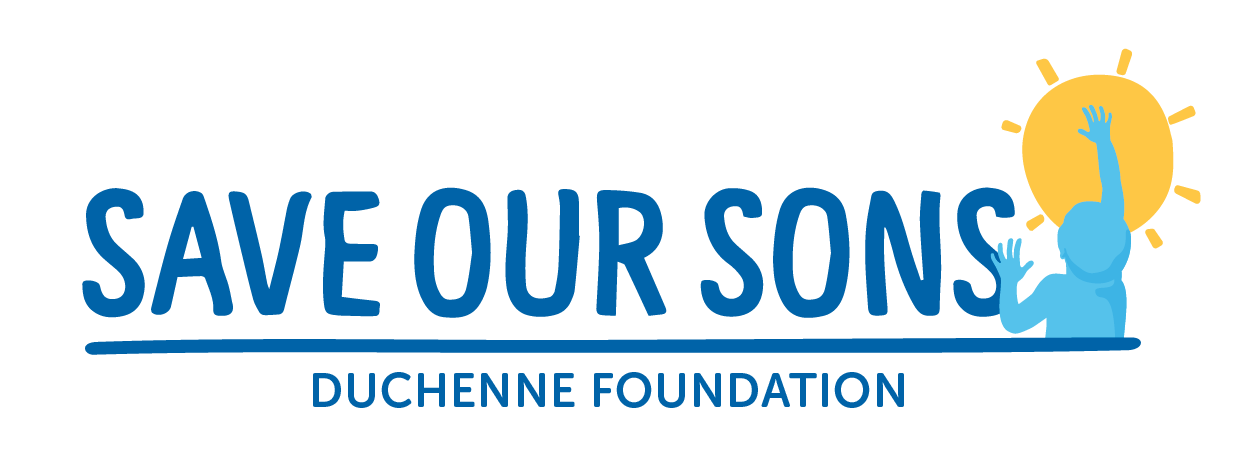Centronuclear or Myotubular Myopathies
Myotubular and centronuclear myopathies are a group of rare genetic muscle disorders. The name refers to the location of the nucleus inside muscle cells; usually, nuclei should be located by the edges of muscle cells, but in centronuclear myopathies, the nuclei are found sitting in the centre of the cell.
The main symptom of myotubular or centronuclear myopathy is muscle weakness, which can greatly vary in severity. The symptoms of can be present at birth, but they may also first appear at any stage of life.
Myotubular and centronuclear myopathies are generally categorised in three different forms: X-linked myotubular myopathy (XLMTM), autosomal-dominant centronuclear myopathy (AD-CNM), and autosomal-recessive centronuclear myopathy (AR-CNM). In general, the term “myotubular myopathy” will refer to the X-linked form, while “centronuclear myopathy” will refer to the autosomal forms.
The symptoms of X-linked myotubular myopathy (XLMTM) are noticeable at birth. Infants show severe muscle weakness and may have difficulty with breathing and swallowing. Over time, people with XLMTM may develop contractures (tightness) of the joints and scoliosis (abnormal curving of the spine).
XLMTM is inherited in an X-linked recessive pattern, which means that it is primarily males that inherit this condition. The gene involved, MTM1, is mutated in this condition, and is passed down from the mother to the son. The mother is usually not affected.
Autosomal-dominant centronuclear myopathy (AD-CNM)
Every gene exists as two copies (alleles), and we inherit these copies from our parents. One copy comes from our mum, and one copy comes from our dad. Genetic diseases can be passed down if one or both copies of a gene are non-functional (mutated).
In autosomal dominant centronuclear myopathies (AD-CNM), a person only needs one mutated copy of the relevant disease gene to have the condition, and it is equally likely to occur in males and females. Although the other copy of the gene is healthy, having only one working copy of a gene is not enough for the body to produce what it needs.
AD-CNMs are usually less severe than X-linked myotubular myopathy. The first symptoms of AD-CNMs are usually noticed in adulthood and are relatively mild in severity. The muscle weakness that is seen in these conditions can be proximal (near the centre of the body) or distal (away from the centre of the body, like the hands and feet).
Autosomal-recessive Centronuclear Myopathy (AR-CNM)
Every gene exists as two copies (alleles), and we inherit these copies from our parents. One copy comes from our mum, and one copy comes from our dad. Genetic diseases can be passed down if one or both copies of a gene are non-functional (mutated).
With autosomal recessive centronuclear myopathies (AR-CNM), both copies of the gene must be mutated/non-functional for the person to have the disease. If a person has inherited one mutated copy and one healthy copy of the gene, then they are a “carrier” of the disease gene, but will not have the disease itself. Males and females are equally likely to be affected.
Like the autosomal-dominant form, the autosomal-recessive form is less severe than X-linked myotubular myopathy. AR-CNM is usually first noticed in infancy or early childhood.






